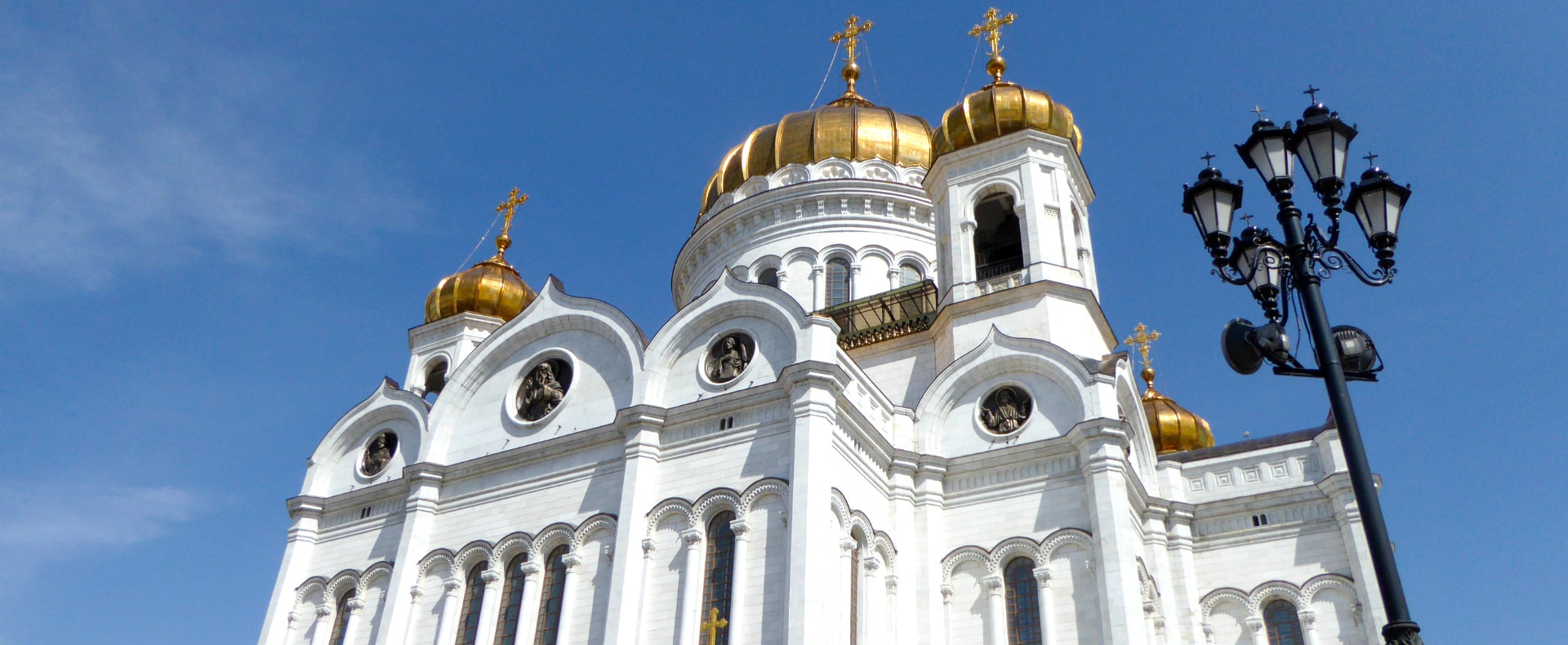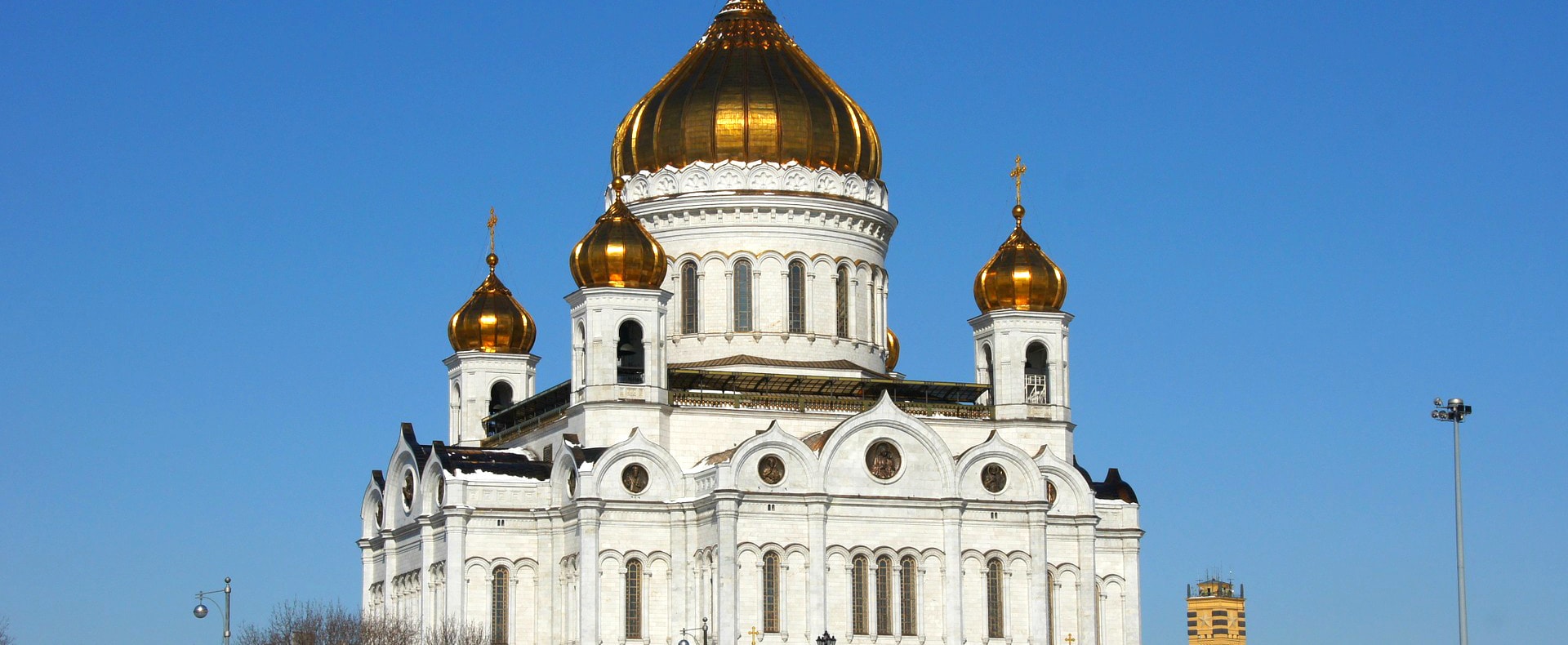The History of the Cathedral of Christ the Savior
When Alexander I came to power in 1801, he was conducting a defensive war against Napoleon Bonaparte. Eventually, the war was carried to Moscow. As Alexander evacuated the city, weighted by a great sense of responsibility for allowing the enemy to enter his country and carry the horrors of war, he prayed and vowed to honor Jesus Christ with a great structure if he would only help save his nation.
On Dec. 25, 1812, less than two weeks after the French Army was driven from Russia, Tsar Alexander signed a manifesto, declaring his intentions to build a large cathedral - the future Cathedral of Christ the Savior. Yet it was brought up only after his death during the reign of Tsar Nicholas I.
Konstantin Thon was credited for the Russian Revival design of the Cathedral of Christ the Savior, inspired in part by the Hagia Sophia in Istanbul. Its cornerstone was placed in 1839, and it took two decades to complete it. The scaffolding was finally removed in 1860. One of the largest Orthodox churches globally hosted the coronation of Tsar Alexander III on May 26, 1883, the same day on which the cathedral was consecrated.
Through the later period of Imperial Russia, the Cathedral of Christ the Savior served as the center of Russian spirituality. Indeed, the church managed to survive the 1920's - the worst of the Soviet antireligious campaign. Nevertheless, in 1930 the state faced economic shortfalls. In response, the government proposed to extract the 20 tons of gold of “excellent quality” from the cathedral’s dome, declaring it an “unnecessary luxury of the Soviet Union.” As a result, on Dec. 5, 1931, the Communist Party demolished Russia’s Orthodoxy's heart.
Christ The Savior Cathedral Moscow from 1937
The original structure withstood several explosions before finally collapsing. It took a year before all the rubble was finally removed, and in its place was planned the “Palace of the Soviets” - a skyscraper that was to be taller than the Eiffel Tower, complete with a statue of Lenin at the top.
Between 1937 and the Nazi Germany invasion in 1941, a steel skeleton of the new tower went up. Still, it was disassembled and used for fortifications and bridges that carried the troops that drove Hitler back to Germany. As a result, instead of a building, for much of the Communist era, the site became the location of the Moscow Pool.
When the Communist regime fell in 1991, a construction fund was initiated for the Cathedral's resurrection. Because ordinary citizens raised the money, it took over three years to raise funds. The construction of today’s 344-foot structure began in 1995 and was finally completed in 2000.
Made of white marble and granite with glittering golden domes, the Cathedral once again stands as the most impressive ecclesiastical building in Moscow. It is considered a symbol of revival and hope. Plus, this Moscow Cathedral is the tallest Orthodox church in the world. Excited to witness this marvel during your Moscow tour?




